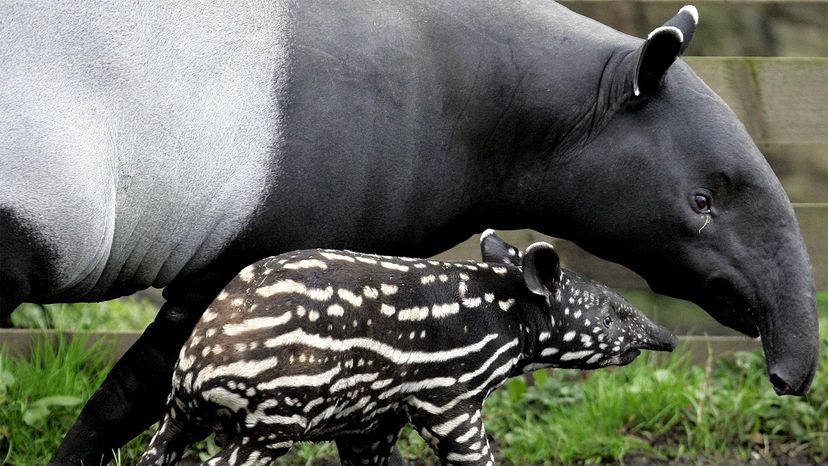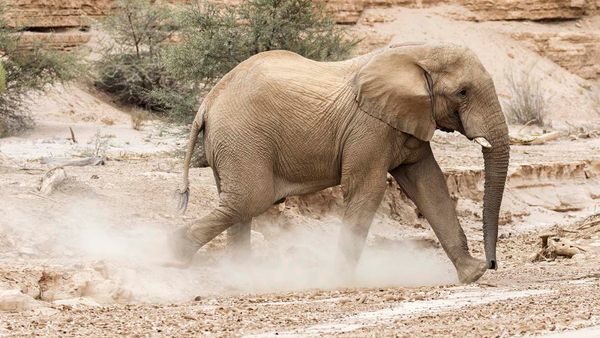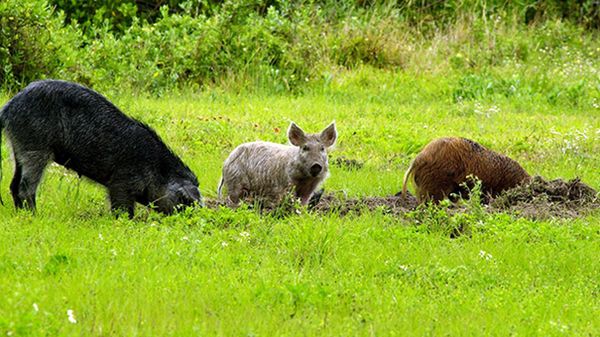Of the four tapir species living in Central and South America and one in Southeast Asia, all are essential to the ecosystems they call home. Tapirs are herbivorous — they only eat plants, but they're truly not picky about which plants they eat: grasses, fruits, leaves, twigs are all fair game. They have prehensile snouts that act kind of like elephant trunks, which the tapir uses to reach, grasp and pluck their food. They're capable and efficient feeders, which means these large herbivores can really help a forest out.
A 2010 study published in the journal Biotropica found that the lowland tapir (Tapirus terrestris) in the southwestern Amazon basin spreads the seeds of at least 122 plant species, representing 68 genera and 33 families.
Not only that, tapirs and other large herbivores help a forest's capacity to suck carbon dioxide out of the atmosphere and store it in the various parts of the plant. Because trees are essentially big carbon storage lockers, and large birds and fruit-eating mammals like tapirs and monkeys spread seeds of large trees in the tropics, they're essential to both the ecosystem and the planet. By distributing the seeds of large trees around the landscape through their poop, they make possible the big, dense, climate-change-squashing forests that our planet needs so desperately right now.
"Tapirs eat a lot of fruit, which normally falls downhill. But a tapir can take fruit UP hill — and conveniently deposit it with a nice pile of fertilizer to help the seeds grow," says Sy Montgomery, naturalist and author of The Tapir Scientist, in an email. "Tapirs are gardeners in the Edens they inhabit."


